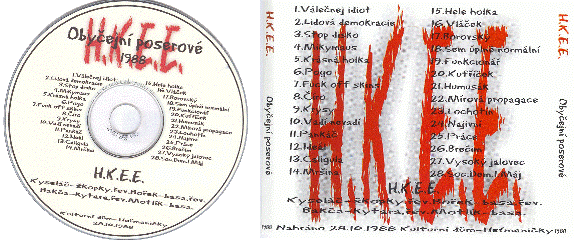A return-to-base agreement, commonly known as an RTB agreement, is a contractual agreement between two parties that typically pertains to the leasing or renting of a piece of equipment or machinery. Often used in the aviation and transportation industries, return-to-base agreements are also common in the construction and manufacturing sectors.
The essence of an RTB agreement is that the equipment must be returned to its original location, or “base,” once it has served its purpose. This is usually stipulated in the rental contract and is typically enforced to ensure the equipment’s safe and timely return.
The terms and conditions of a return-to-base agreement may vary depending on the type of equipment being leased or rented, the duration of the lease, and the needs of the parties involved. However, the following are the most common components of an RTB agreement:
1. Duration of the lease: The duration of the lease or rental agreement will be outlined in the contract. This is important as it allows both parties to know the length of the rental period and helps to clarify the terms of when the equipment needs to be returned.
2. Payment: The rental or leasing fee will be set out in the contract. This is typically agreed upon before the equipment is rented or leased and covers the cost of the equipment and any additional fees.
3. Maintenance and repairs: The return-to-base agreement will specify who is responsible for maintenance and repairs during the rental period. This is important to ensure that the equipment is kept in good condition and can be safely used by both parties.
4. Insurance: The rental contract will often stipulate insurance requirements for the equipment. This is to provide protection for both parties in case of any damage or loss that occurs during the rental period.
5. Return of the equipment: The return-to-base agreement will specify the location where the equipment must be returned. This is important for logistics and planning purposes.
Return-to-base agreements are beneficial for both parties involved in the rental or leasing of equipment. For the lessor, it ensures that the equipment is returned safely and in good condition, while for the lessee, it provides a clear understanding of the terms and conditions of the rental or lease.
In conclusion, a return-to-base agreement is a key component of leasing or renting equipment, and it is essential to have a clear understanding of the terms and conditions of the agreement before signing the contract. By ensuring that you understand the agreement, you can avoid costly mistakes and make the most out of your rental or leasing experience.






 Publikováno v kategorii Nezařazené
Publikováno v kategorii Nezařazené